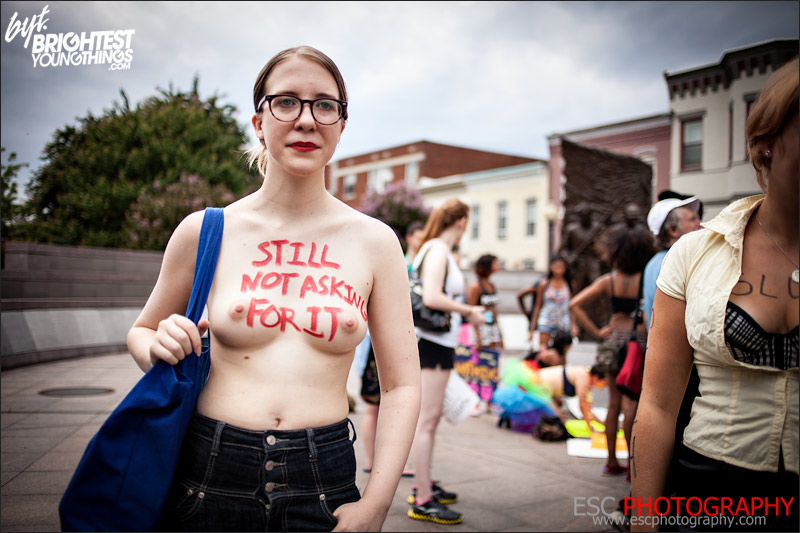 In this day of age, we have people from all walks of life and from differing cultural backgrounds coming together to take a stance on an issue. The time of division based on belief, identity, and physicality has long been over. It is time for us as people to acknowledge that our race, gender, sexual orientation, culture, and religious beliefs (or lack thereof) has no affect whatsoever on our ability to succeed and live our lives. Feminism is a great cause, because it has paved the way for women to finally become equal members of society. A problem with feminism, however, is in the word structure. Feminine is the root word here. Feminism is defined according to Merriam-Webster dictionary as "the belief that men and women should have equal rights and opportunities."Another definition by the same dictionary states that feminism is "organized activity on behalf of women's rights and interests." It's quite interesting how the same dictionary provides two definitions: one claiming that feminism is about men and women being equal while the other is that feminism is about only one gender's rights and interests. This leads to many questions. Why is it called 'feminism' if it is supposed to be for gender equality? Should there be another term instead of 'feminism?' Well, when we look at the word 'Egalitarianism' in the same dictionary used to define feminism, we get "a belief in human equality especially with respect to political, social, and economic affairs." The second definition states that egalitarianism is "a social philosophy advocating the removal of equalities among people." It is interesting because the two definitions of egalitarianism are very similar in meaning as compared to the two definitions of feminism, which possess different meanings. If one is truly for gender equality, one should call themselves an egalitarian: one who believes in equality of the human race. This brings me back to the point I mentioned earlier. Whether you are a believer or a non-believer, a liberal or conservative (or reject both of those terms), male or female (or gender queer), of different race and sensibility, let us all be united in our pride as human beings. Let us focus on the issues of all people, regardless of who they are or what they stand for. Let us be One.
In this day of age, we have people from all walks of life and from differing cultural backgrounds coming together to take a stance on an issue. The time of division based on belief, identity, and physicality has long been over. It is time for us as people to acknowledge that our race, gender, sexual orientation, culture, and religious beliefs (or lack thereof) has no affect whatsoever on our ability to succeed and live our lives. Feminism is a great cause, because it has paved the way for women to finally become equal members of society. A problem with feminism, however, is in the word structure. Feminine is the root word here. Feminism is defined according to Merriam-Webster dictionary as "the belief that men and women should have equal rights and opportunities."Another definition by the same dictionary states that feminism is "organized activity on behalf of women's rights and interests." It's quite interesting how the same dictionary provides two definitions: one claiming that feminism is about men and women being equal while the other is that feminism is about only one gender's rights and interests. This leads to many questions. Why is it called 'feminism' if it is supposed to be for gender equality? Should there be another term instead of 'feminism?' Well, when we look at the word 'Egalitarianism' in the same dictionary used to define feminism, we get "a belief in human equality especially with respect to political, social, and economic affairs." The second definition states that egalitarianism is "a social philosophy advocating the removal of equalities among people." It is interesting because the two definitions of egalitarianism are very similar in meaning as compared to the two definitions of feminism, which possess different meanings. If one is truly for gender equality, one should call themselves an egalitarian: one who believes in equality of the human race. This brings me back to the point I mentioned earlier. Whether you are a believer or a non-believer, a liberal or conservative (or reject both of those terms), male or female (or gender queer), of different race and sensibility, let us all be united in our pride as human beings. Let us focus on the issues of all people, regardless of who they are or what they stand for. Let us be One.-Brendan Xu




